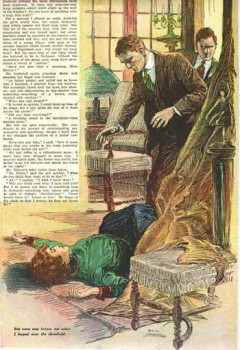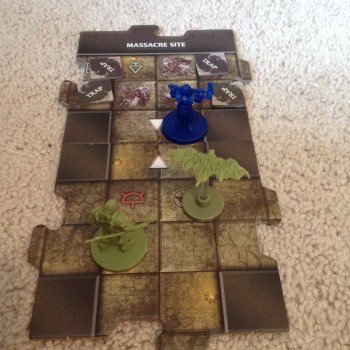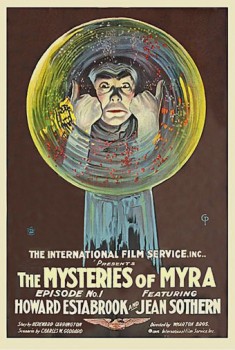Blogging Sax Rohmer’s The Insidious Doctor Fu Manchu, Part Four – “Redmoat”
NOTE: The following article was first published on April 4, 2010. Thank you to John O’Neill for agreeing to reprint these early articles, so they are archived at Black Gate which has been my home for over 5 years and 260 articles now. Thank you to Deuce Richardson without whom I never would have found my way. Minor editorial changes have been made in some cases to the original text.

 “Redmoat” was the third installment of Sax Rohmer’s serial Fu-Manchu, first published in The Story-Teller in December 1912. The story would later comprise Chapters 7-9 of the novel, The Mystery of Dr. Fu-Manchu (initially re-titled The Insidious Dr. Fu-Manchu for U.S. publication) in 1913. “Redmoat” is significant for delving into the aftermath of the Boxer Uprising. As we discussed in Part Three, this conflict leant credence to the Yellow Peril fiction that had been steadily gaining in popularity over the preceding fifty years. More importantly for our purpose, the Boxer Uprising provided a motive for Dr. Fu-Manchu’s actions.
“Redmoat” was the third installment of Sax Rohmer’s serial Fu-Manchu, first published in The Story-Teller in December 1912. The story would later comprise Chapters 7-9 of the novel, The Mystery of Dr. Fu-Manchu (initially re-titled The Insidious Dr. Fu-Manchu for U.S. publication) in 1913. “Redmoat” is significant for delving into the aftermath of the Boxer Uprising. As we discussed in Part Three, this conflict leant credence to the Yellow Peril fiction that had been steadily gaining in popularity over the preceding fifty years. More importantly for our purpose, the Boxer Uprising provided a motive for Dr. Fu-Manchu’s actions.
There are two principal supporting players to the story who are worthy of greater consideration. The first is the Reverend J. D. Eltham. Reverend Eltham had earned a name for himself during his missionary days in China as “Parson Dan.” Nayland Smith tells Dr. Petrie that Eltham “held off two hundred Boxers at a hospital in Nan-Yang with only a garrison of a dozen cripples and a German doctor for support.” The heroic clergyman’s evangelical zeal had resulted, according to Smith, in the Boxer Uprising. While ascribing the blame for that conflict on a single missionary is more than a bit implausible, it is interesting that Rohmer, an Edwardian author, took a critical view of the British Empire and recognized that intolerance to Chinese culture not only hindered the goal of religious conversion, but sparked China’s decision to drive the foreigners out of their country by whatever means necessary. It is also interesting to note that as Fu-Manchu is the personification of the Yellow Peril, so Parson Dan is the personification of colonial intolerance at its worst.




 John D. MacDonald is one of my favourite crime writers, and he’s probably best known for his Travis McGee series, starting with The Deep Blue Goodbye (1964) and ending with The Lonely Silver Rain (1985). Others, such as Glen Cook, have used this device after him, but I’m fairly certain that MacDonald’s the first person who identified individual books in his series by giving each one a title colour.
John D. MacDonald is one of my favourite crime writers, and he’s probably best known for his Travis McGee series, starting with The Deep Blue Goodbye (1964) and ending with The Lonely Silver Rain (1985). Others, such as Glen Cook, have used this device after him, but I’m fairly certain that MacDonald’s the first person who identified individual books in his series by giving each one a title colour.




